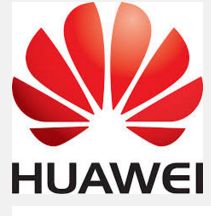1 min read
du Partners With Huawei To Transform Its Traditional Network Into A More Efficient T-SDN Network

Key benefits of T-SDN for du:
In a significant step as part of the evolution of du’s network, Huawei and UAE-based telecommunications service provider ‘du’ have jointly launched the world’s
Tags:
- calltronics
- channel partners of du telecom
- du channel list 2015
- du channel partners in uae
- du telecom bill payment
- du telecom business partner
- du telecom business partner- calltronics
- du telecom company
- du telecom contact
- du telecom internet packages
- du telecom partners
- du telecom salary
- du telecom wiki
- list of du channel partners

